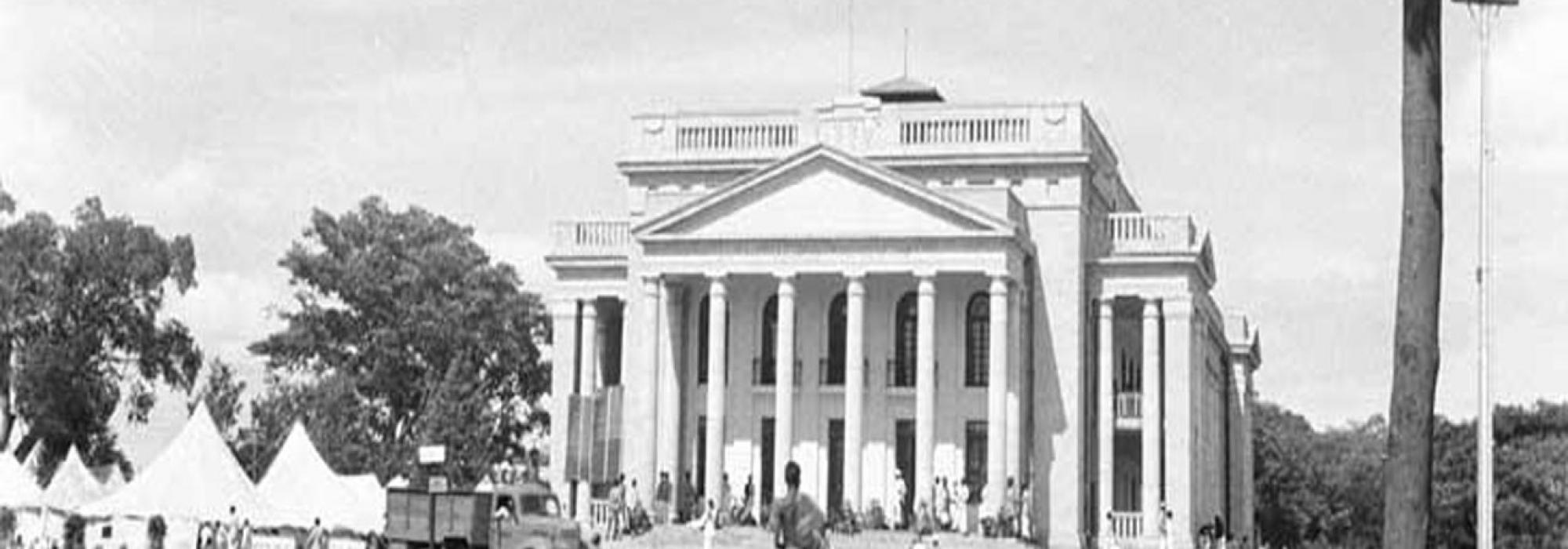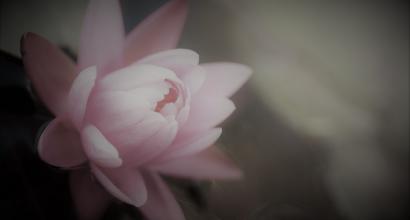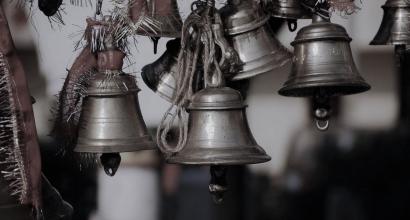Preventable Diseases
Dr Subbarao was really enthusiastic about Kannada literature. I remember him enjoying reading the Pampa Ramayana along with me. He authored a valuable book: “ನಿರೋಧನೀಯ ವ್ಯಾಧಿಗಳು” (Preventable diseases). He’d put in a lot of effort to write it. He worked hard to get pictures drawn and to publish them all in colour. Book was published by the government press. Pictures came from Germany. I remember working on something related to this book. A book like this must gain publicity and earn respect. Things didn’t turn out quite this way and it was shelved in a room of the government's publication department with no one to care for it for a long time. I do not know if it’s available now. But its reminiscence is of significant value to me.
Not just Puttanna Shetty’s warmth towards public interest but also his work ethic, managerial foresight and his supportive mindset are all evident in these initiatives.
Fortitude
Final few days of Puttanna Shetty weren’t good for him. A lot of familial worries and troubles haunted him. He called for me one day. His mind was filled with sadness then (that day). He took me to one of the inner rooms of his home. I asked, “How is your physical health?”. He said “How else can the body stay at this age? Mind is more important than the body. Look at me, this face, which was once blooming, has now turned pale. Bones below my eyes are sticking out. Similar is the matter with mind. Right? Physical flaws show up on the body with aging. Isn’t it the same with mind too? I would suppress my anger and displeasure earlier. Now, I can’t. I get angry very fast... Look at what Shiva has reserved for me at this age! I don’t have the strength to bear all of this now!? What’s with (all these) challenges posed by Shiva?”.
He must have uttered this to clear some resentment off his mind. He gathered up courage within a second and talked with a smiling face again.
Puttanna Shetty was a Shiva Bhakta in entirety. He had a silver idol of Parvathi-Parameswara and worshiped it each day. His conduct was spotless. His thoughts, speech and his actions were all spotlessly clean. His mind always held on to altruistic thoughts and walked the path of magnanimity.
His public life was worthy enough to be emulated. Hindus, Muslims, natives and foreigners all of them flocked to him in groups from seven in the morning until nine at night. To solicit his help, to seek his advice, to share their happiness and to show him their respect - people thronged him for all such reasons without giving him a moment to rest. I’ve not seen so many people visiting anyone else - apart from Mysore Venkatakrishnaiah. Scholars, Yogis, Traders, Job holders, Solicitors and the general public - all of them visited him and returned happily.
It looks like it’s now essential to rekindle people’s memory about the ideals that Puttanna Shetty followed in his public life.
नीचाः कलहमिच्चन्ति
सन्धिमिच्चन्ति साधवः॥
Puttanna Shetty believed in unifying people: He was not someone who enjoyed dividing them. I don’t see even a single individual of this orientation active in public life.
Social Success
It’s impossible to list out names of all the public institutions that Puttanna was interested in. Perhaps there seems to be no institution which wasn’t associated with him. I’ll list out a few that I can remember.
- Mysore bank - It can be said that Puttanna Shetty was its prime architect. It’s only because of him that people’s trust grew in it and the institution saw its inception.
- Mysore Krishnarajendra Mills - His enthusiasm and efforts in this area aren’t tangible by any sense.
- Kannada Sahitya Parishat - Puttanna Shetty presided over the literary conference that took place in Chikmagalur and also actively participated in various events of the day.
- He presided over a large number of public associations that were working towards reforming policies related to education.
- President of Chikkaballapur light railway company.
- President of Central Co-operative bank.
- He presided over the fiftieth-year jubilee celebrations of Indian National Congress. Sir Mirza Ismail was one of its members back then.
- He was the trustee of a lot of public bodies like Totadappa endowment fund, Arcot Narayanaswamy Mudaliar endowment fund etc...
- He presided the welcoming committee of Veerashaiva conference in Bangalore.
- He presided over the committee formed to petition for the prevention of shifting of the medical college from Bangalore to Mysore.
- A citizens’ group was formed to insist the British that (i) the revenue from Bangalore Cantonment stayed with the Mysore State and also (ii) all the taxes on Mysore state be abolished - Puttanna was a forerunner of the group.
- He was a benefactor of the Amateur Drama Institution. Bellary Raghavacharya, Bangalore Venkatacharya, Shiva Rao from department of medicine and also maybe K. Gurudutt were a part of “Romeo & Juliet” play that this institute produced. A speech that Puttanna delivered on that occasion was very beautiful.
Composure
He added strength to many such associations and organizations. Generally, no public functions took place in Bangalore without gaining concurrence from Puttanna Shetty. Moreover, if there was any suspicion of a communal clash or any other discrepancy raking up during any of the public events, all the parties involved readily agreed to invite Puttanna Shetty to preside over it. People from all factions believed so deeply and strongly in his impartiality, his composure and in his inclusiveness.
“Let’s take our complaints and troubles to him. Let’s do as he advises.” This was the faith that all groups generally had in him. Everyone would agree that gaining such a level of confidence is a major accomplishment by itself. The fact that we’re cribbing about not finding even a single soul of this stature in the current world is a sign of Puttanna Shetty’s magnanimity. A person may have accomplished something, or he may have not, may he be a scholar or only a layman; Someone whose words are truly believed and trusted by everyone in a society is undoubtedly its very essence. They are indeed the source of its well-being.
Milestones
1856 April 29: Born in Krishnarajapuram near Bangalore
1875: Began his career in with the Government of Mysore
1886: Assistant Commissioner
1898: Deputy Commissioner
1905 - 27: Presided over All India Veerashaiva Mahasabha
1911: First member of council; Awarded “Raja-Sabha-Bhushana” from Nalvadi Krishnaraja Wodeyar.
1912: Retired from the Government; Presided over Mysore bank
1913-20: Presided over municipal council
1914: “Kaiser-e-Hind” Medal
1915-22: Presided over Bangalore development board
1917: C.I.E felicitation
1921: Chikmagalur kannada Literary conference presidency
1924: Elected member of ನ್ಯಾಯ ವಿಧಾಯಕ ಸಭೆ
1925: Awarded “Sir”
1927: Presided over silver Jubilee committee of Nalvadi Krishnaraja Wodeyar
1936: L.L.D from Mysore University, Presided over commemoratory event of Hampi Vijayanagara Empire
1938: Establishment of Bangalore Veerashaiva Students Hostel
1938: July 23: Died
This is the final part of the five-part English translation of Sixth essay in D V Gundappa’s magnum-opus Jnapakachitrashaale (Volume 6) – Halavu Saarvajanikaru. Edited by G S Raghavendra.











































